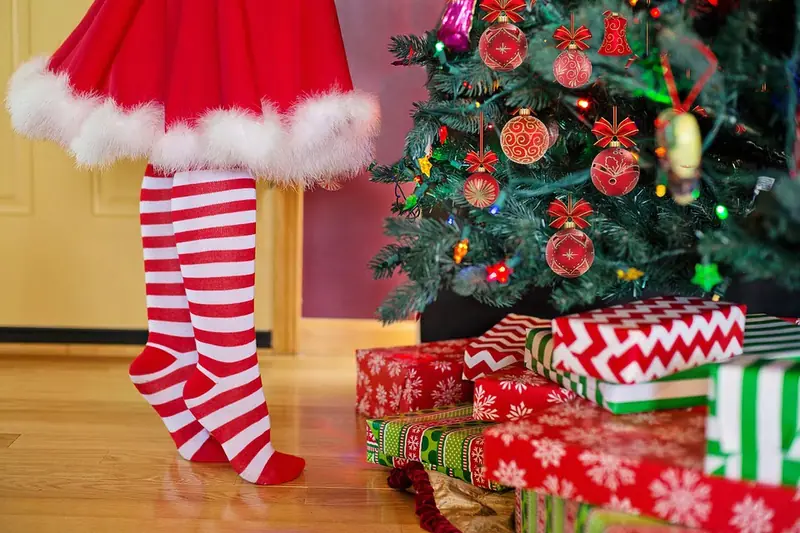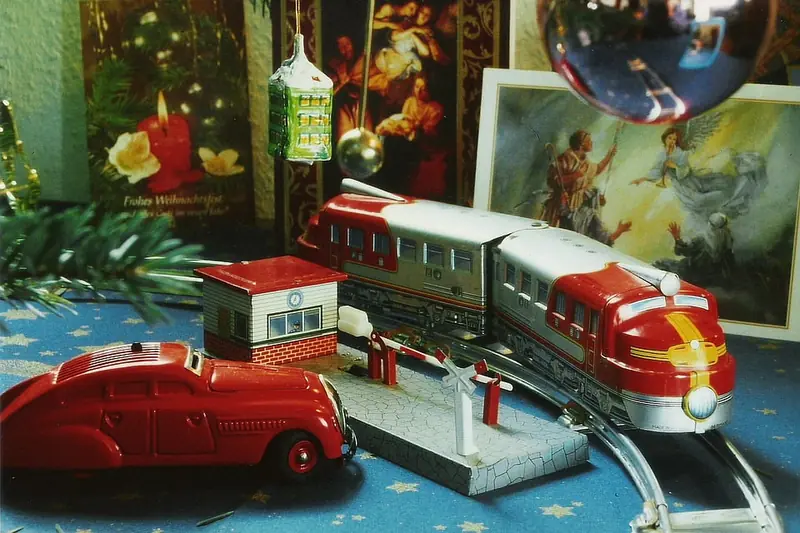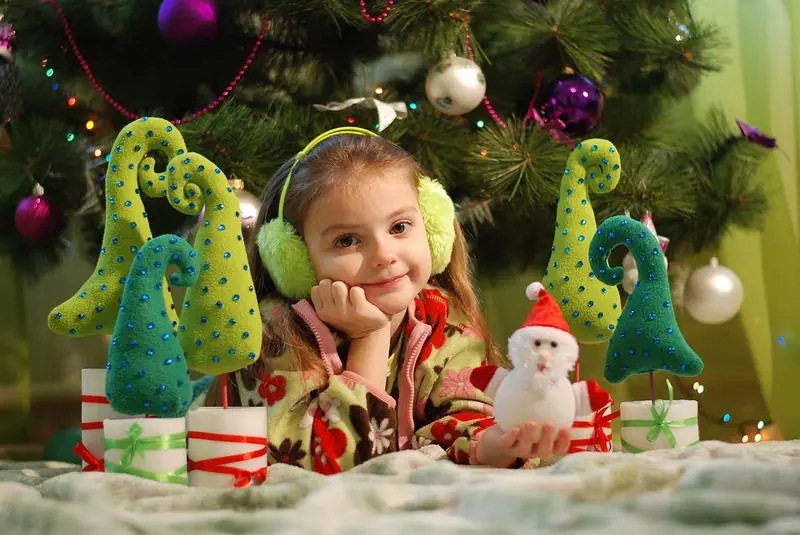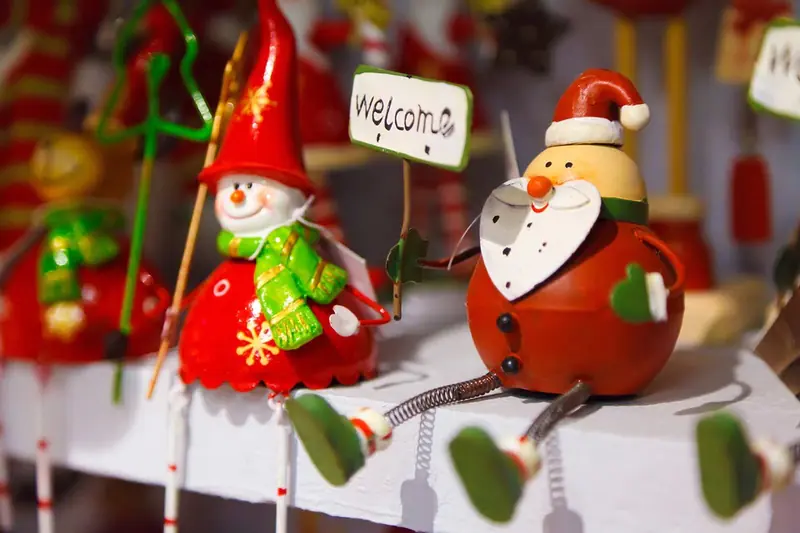
Winter holidays have their hidden sides, revealing a true ecological nightmare.
As Christmas approaches, children around the world write letters to Santa, asking him to bring the most wonderful toys. Parents, stepping in for Santa, often find it hard to resist their children’s wishes. After all, giving a toy is a common practice. Moreover, adults are convinced that nearly every gift helps develop a child’s skills, teaching them to focus and communicate with others (especially when it comes to play).
However, psychologists advise parents not to buy everything in sight and to approach their children’s desires with a discerning eye. They also recommend engaging little ones in educational activities about environmental literacy.
A New Toy is Another Blow to the Environment
Unfortunately, 80 percent of all toys ultimately end up in landfills, incinerators, or the ocean. To generate one million dollars in revenue, the toy industry uses 40 tons of plastic. It’s frightening to even imagine the carbon footprint that entails!
Yes, toys can aid in a child’s development, but they also pose health risks by polluting the environment.
Advertisers know that children are a crucial link in the consumer decision-making cycle. It’s no surprise that advertising actively encourages kids to persuade their parents to buy toys, leading to the parting of hard-earned cash.
 Children are particularly vulnerable to such advertising tactics. In turn, parents rush to fulfill their wishes, especially during major holidays like Christmas and New Year. The result of these interactions is a relentless flow of plastic that continues to pollute the environment.
Children are particularly vulnerable to such advertising tactics. In turn, parents rush to fulfill their wishes, especially during major holidays like Christmas and New Year. The result of these interactions is a relentless flow of plastic that continues to pollute the environment.
According to psychologist Michelle Cowley-Cunningham from Dublin City University, explaining the consequences of the climate crisis to children can help slow down the ecological disaster to some extent. He believes that parents should instill in their children a rejection of aggressive and harmful advertising, as reported by Science Alert.
Mr. Cowley-Cunningham shared that Irish psychologists recently published a review document based on research and global consultations by the UN involving 16,000 children. It shows that children of various ages not only understand the threats posed by climate change but are also eager to suggest ways to tackle it.
On various occasions, children and teenagers express concern about the ecological situation on Earth. They feel anxiety that may be linked to their family’s safety and the future of generations to come, as well as worries about biological species and the environment as a whole.
Based on the analysis of the document, Michelle Cowley-Cunningham compiled some recommendations for parents ahead of Christmas. These focus on how to explain to children that every new toy harms the environment while also involving them in solving ecological problems.
First and Foremost – Family Conversations, Not Gift Lists
Discuss with your child how harmful (or beneficial) a toy is for the environment. Recall well-known brands that have switched to using plastic made from ethanol derived from sugarcane.
 Search for eco-labels on toys together with your children and find out which brands prioritize environmentally safe products.
Search for eco-labels on toys together with your children and find out which brands prioritize environmentally safe products.
Ask your child about the educational value of the toy and what benefits they gain from it.
Look for Toy Banks in Your Area
Toy collection points, regularly replenished by local residents, can turn into a fun activity. Family members, friends, and neighbors often get involved in creating these banks. Typically, these banks receive toys that can still be of use to someone else.
The days leading up to Christmas are the perfect time to encourage your children to gather used toys from home and donate them to charity banks.
 However, it’s important not to force your child to throw everything away indiscriminately. It’s understandable that toys with personal stories will remind them of warm family moments for a long time.
However, it’s important not to force your child to throw everything away indiscriminately. It’s understandable that toys with personal stories will remind them of warm family moments for a long time.
***
The psychologist believes that adults should create discussion platforms for children—at home, in school, or in other community spaces. Here, they can discuss how product marketing makes young people complicit in harming the environment.
Through safe and non-confrontational discussions, children will learn to make adult decisions, including those regarding the toys they wish to receive for Christmas.
